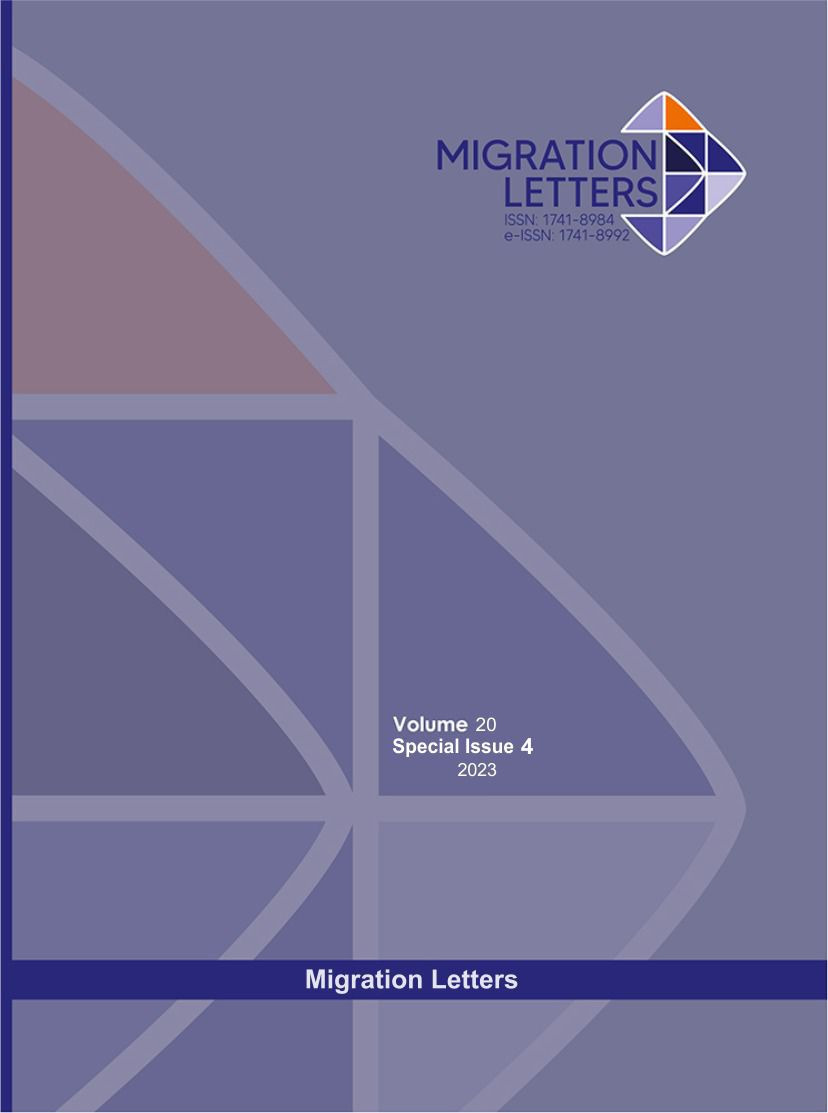Self-Referral And Associated Factors Among Patients Attending Adult Outpatient Departments
Abstract
Background: Self-referral leads to diminished quality of health care service; increase resource depletion and poorer patient outcomes. However, a significant number of patients referred themselves to the higher healthcare facilities without having referral sheets. Even though the problem is much exacerbated, there is limited evidence regarding self-referral patients in particular in the study area. The aim of study: To assess the magnitude and associated factors of self-referral among patients at the adult outpatient department in general hospital, KSA. Method: A cross-sectional study was conducted from February to April 2023 among 693 patients who attended adult outpatient departments. A systematic sampling technique was employed. Structured and pretested interviewer-administered questionnaire was used for data collection. Data were coded, cleaned and entered into and exported to SPSS version 28 for further analysis. Binary logistic regression analysis was employed. In bi-variable analysis p-value, less than 0.25 was used to select candidate variables for multivariable analysis. P-values less than 0.05 and 95% confidence intervals were used to select significant variables on the outcome of interest. Result: The proportion of self-referral was 443(63.9%) with 95% CI (60.5; 67.5). Formally educated, (AOR = 1.83; (95% CI: 1.12, 3.01)), enrolled to Community Based Health Insurance (AOR = 1.57; (95% CI: 1.03, 2.39)), poor knowledge about referral system (AOR = 2.07; 95% CI: (1.28, 3.39)), not and partially available medication in the nearby Primary Health Care facilities (AOR = 2.12; (95% CI: 1.82, 6.15)) & (AOR = 3.24; (95% CI: 1.75, 5.97)) respectively and history of visiting general hospital (AOR = 1.52; (95%CI: 1.03, 2.25)) were factors statistically associated with self-[1]referral. Conclusion and recommendation: The proportion of self-referral was low. Socio-demographic and institutional factors were associated with self-referral. Therefore, healthcare system better to work to fulfill the availability of medications in the primary health care facilities. In addition, Community Based Health Insurance (CBHI) agency should work to implement the law of out-of- pocket expenditure which states to pay 50% for self-referred patients who claim utilization of healthcare.
Metrics
Downloads
Published
How to Cite
Issue
Section
License

This work is licensed under a Creative Commons Attribution-NonCommercial-NoDerivatives 4.0 International License.
CC Attribution-NonCommercial-NoDerivatives 4.0






